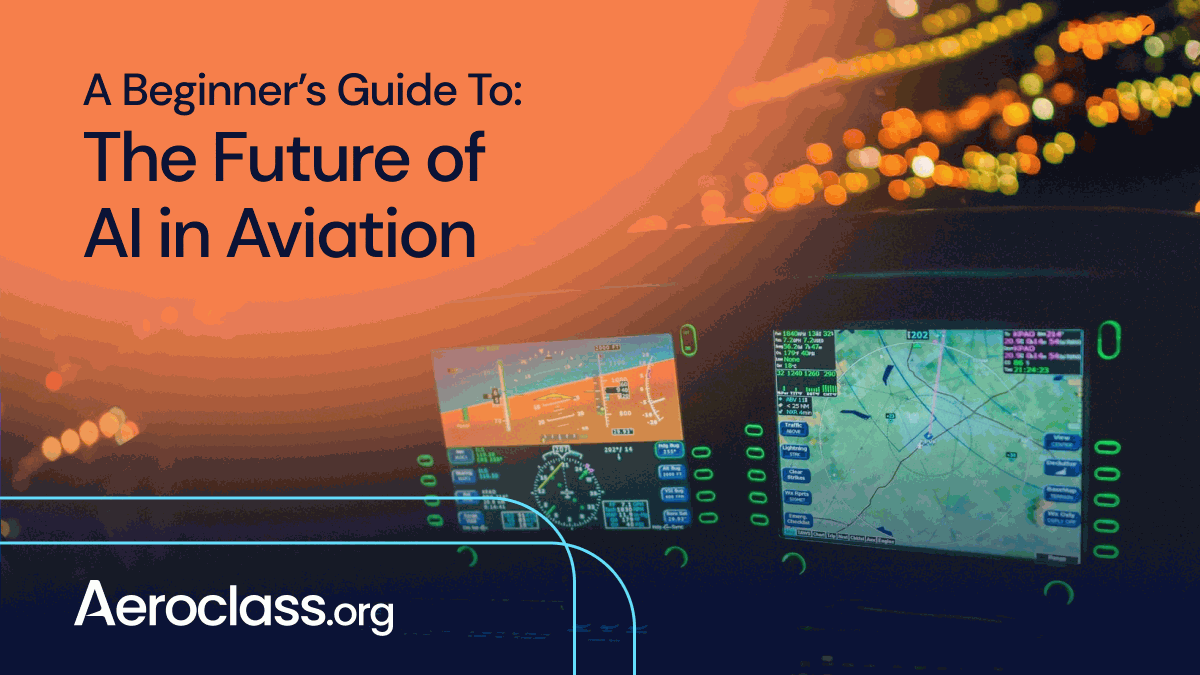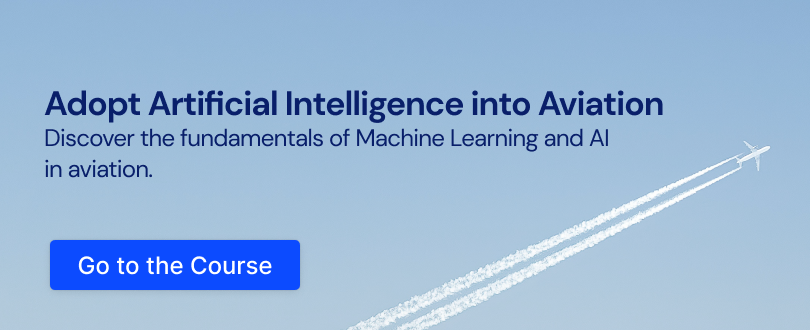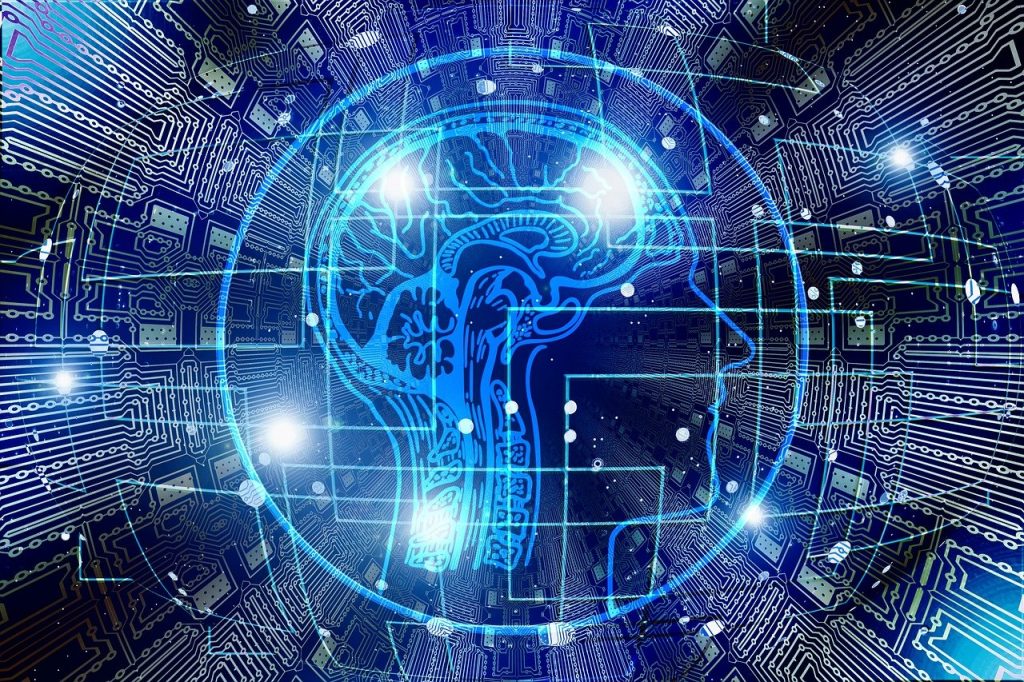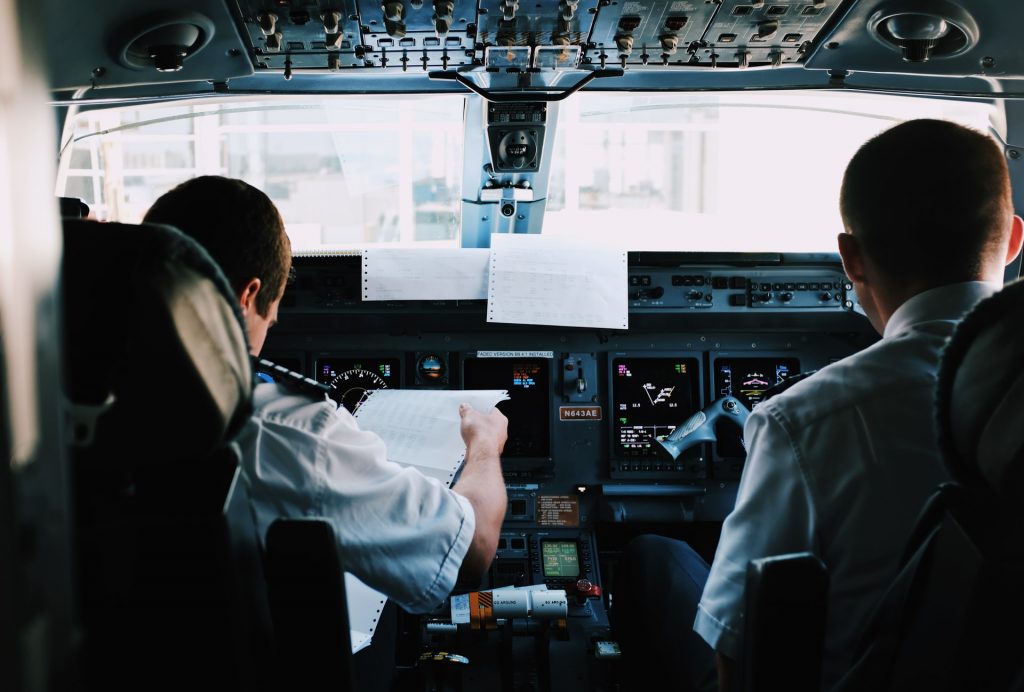The Paramount Importance of Safety Management in Aviation
Other · 3 min read
Whether you are planning a trip or just dreaming of one, check our recommendations for the best airlines to fly to Japan!

Whether we like it or not, artificial intelligence is here to stay! The aviation industry has taken huge feats thanks to the advancement of technology. One of the biggest feats was the introduction of the jet engine into aviation in the 1950s and followed by the introduction of fly-by-wire into Airbus A320 in the 1980s. Since then, technology contributed significantly to aviation, making air travel safer and efficient.
Artificial Intelligence (AI) and Machine Learning (ML) evolved at a brisk pace, influencing all the major industries all over the globe, and aviation is no exception. Aviation as an industry that prioritizes safety over anything else takes all the novel technologies with a grain of salt. Having said that, authorities are taking all the applicable measures to implement innovations within the industry with the sole intention of improving sustainability.

Commercial aircraft like Airbus A330 or Boeing B777 are considered technological marvels that revolutionized the world with impeccable safety records while state-of-the-art aircraft like B787 and A350 goes without saying. But none of these aircraft have utilized AI or ML in their flight computers.
Aviation and related sectors rely heavily on automation as it improves operational efficiency to a greater extent. Autopilot, automatic deployment of slats and flaps, auto brakes, and automatic deployment of Ram Air Turbine (RAT) are a few examples that are automated but without any involvement of artificial intelligence and machine learning algorithms. These tasks are straightforward and do not require any deep learning.
Apart from the mechanical aspects, data link services such as Controller Pilot Data Link Communication (CPDLC) and Data Link Services Implementing Rule (DLS-IR) are automated but without any involvement of AI.
Aviation is broadly accepted as the most reliable means of transportation in the world and with the utilization of AI into the aviation sector, it is expected to achieve seamless airline operations and improved standards.
A representative from The European Aviation Safety Agency (EASA) states that EASA is expecting to certify AI into aviation by the year 2025. ‘Artificial Intelligence Roadmap’ is a 33-page roadmap revealing EASA’s prospectus towards the implementation of AI into the aviation industry.

EASA has mentioned 04 key challenges they will have to face during the process of adopting artificial intelligence are presented in their ‘Artificial Intelligence Roadmap’.
The European Commission will invest 1 billion EUR annually to fund the Research and Development (R&D) sector of AI that will eventually clear out all the grey areas.
With a huge diversification in airline operations, there are a plethora of possible applications in all aspects of the industry. Additionally, due to the abundance of data in aviation sectors, AI technologies such as machine learning could be easily deployed.
Autonomous aircraft was a perceived concept over decades and Airbus has taken initiatives to flight autonomy under their Autonomous Taxi, Takeoff, and Landing (ATTOL) project. Airbus employs a vision-based automated system to automate the aircraft during taxi, take-off, and landing phases.
They have conducted nearly 500 flights to collect footage to be fed as inputs to the AI algorithm. This machine learning process enables the algorithm to identify similar objects through computer vision in future events and act accordingly. Hence the computer identifies runway centerline, thresholds, and other markings to take actions during taxi, take off, and landing.
While deep learning finetunes the algorithms of vision-based automated systems, Natural Language Processing (NLP) is used to build algorithms for virtual assistance. Pilots get the chance to command the airplane through voice commands and receive feedback.
The human-machine interface is extremely critical in minimizing human factors errors in the aviation industry as human errors contribute to more than 70% of accidents. Sharing a portion of the workload with an AI computer will reduce the stress and fatigue in pilots, especially within the critical phases of the flight: takeoff, initial climb, approach, and landing.
Apart from the improvement of human-machine interaction, AI can eliminate lapses in technology as its algorithms become advanced with machine learning.
Predictive maintenance and preventive maintenance are two branches fueled by AI. Enormous amounts of data on aircraft utilization, maintenance, delays, and many more are pumped into the AI’s machine learning algorithms and the airlines receive predictions in return, that are worth millions of dollars when converted into flight hours. Thanks to the predictive maintenance backed by AI, unprecedented Aircraft On Ground (AOG) situations can be identified to eliminate flight delays and cancellations.

Digital Twins is a concept that replicates a real-world object virtually with real-time visibility and is backed by the Internet of Things (IoT), sensors, and AI. Digital twins allow us to run various simulations and to predict outcomes in dire situations which can not be recreated in a real-world scenario. Additionally, as it records all the data, Digital twin is a good tool to evaluate past situations more insightfully.
Rolls Royce as an early adopter of new technologies utilizes Digital twins in their engine manufacturing plants. The process begins with installing onboard sensors with satellite connectivity into the real-world engine. Then the virtual twin is born with the same characteristics as its real-world counterpart. The digital twin continues to operate simultaneously with the real twin while presenting all vital information. Having access to those information offers the chance to employ preventative engine maintenance, thus avoiding unscheduled ground times. Ultimately, the data is used to achieve high reliability and to reduce incidents and accidents.
Above mentioned Digital twins method is considered a perfect fit for air traffic control applications as well. Automation of tasks at peak hours will permit controllers to focus on safety-critical moves. Ultimate goals from an AI-based air traffic management solution would be: improving operational efficiency, predicting aircraft trajectories for wake separation, and air traffic control automation.
Many airports all around the globe welcomed artificial intelligence with the sole intention of improving productivity. Algorithms fed with data such as waiting times, queue lengths, footfall, and many more will predict passenger occupancy of different sections at different times. This allows authorities to take action to handle passengers to ease out congestions. These techniques assisted heavily to minimize contact between passengers and containing the virus during their stay within the terminals and other airport premises.
In near future, passengers will get the chance to experience the sleekest travel experience thanks to the combination of three technologies: AI, biometrics, and blockchain technology.

The simple answer is, NO!
Successful completion of the Airbus autonomous project is not a green light for immediate use of self-piloted aircraft in commercial aviation. Airbus states that they will make use of this system to assist pilots during critical flight phases to minimize their workload and allow more room for decision-making.
To mitigate safety risks associated with AI-based operations, keeping Human In Command (HIC) or Human In The Loop (HITL) strategy is exercised. If something goes wrong, humans can interfere with the process to take necessary corrective actions. AI-based industries heavily relying on this strategy reassures the position of the human.
With less than 100 years after the first flight by the Wright brothers, aviation has grown immensely to a level as there are airplanes that are longer than the distance they flew. Aviation has adopted various technologies over time, that made it the ultimate transportation means for many over the globe.
When looking at the whole picture, anyone could perceive that aviation is on the verge of being resurrected by another technological feat: artificial intelligence. When the jet engine was introduced into aviation, it achieved greater heights, and fly-by-wire technology pushed aviation into a historically brisk pace as no one imagined. AI could do the same, but, with enormous momentum.
AI is such a powerful thing, more or less like a double-edged sword! AI adopted into aviation with improper safety protocols and certification procedures will do more harm than good. Hence, it is the responsibility of all the safety agencies, manufacturing organizations, operators, and contributors to contribute positively towards the adaptation of artificial intelligence into the aviation industry.
Once adapted correctly, aviation will rewrite its safety records and improve operational efficiency while maintaining its sustainability till the next technological revolution.
